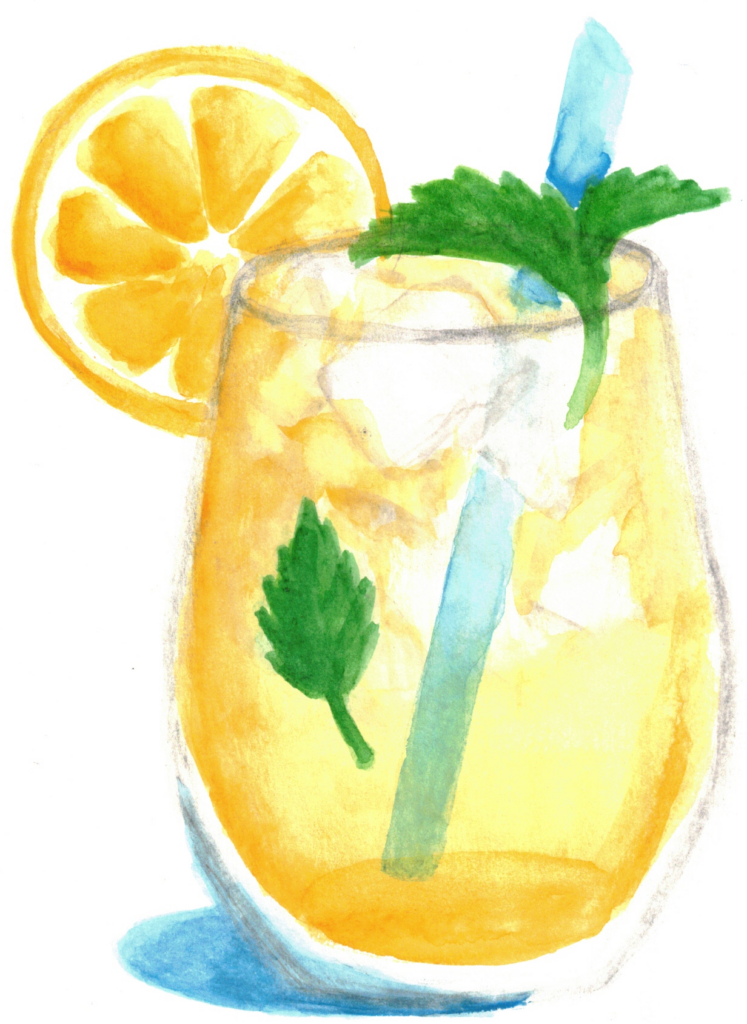Everyone knows the stereotype: the trusted advisor haunts the corners of the throne room, whispering poisonous advice and plotting deadly conspiracies while being beloved and adored by all. The readers know they’re the villain, the protagonist often knows they’re the villain, but no one else seems to notice.
And this trope isn’t just confined to political dramas. From superhero movies to highschool rom coms, you’ve probably run into the sort of villain that is popular and supported for no reason. Which makes you wonder…if they’re such a horrible person, why does everyone love them so much? Why does everyone seem to worship the ground they walk on? Not only can this turn into an inaccurate portrayal of how evil people really work, these characters often have no depth to them and don’t seem to do much for the story.
So…how should you approach writing this type of character? How can you portray your nasty antagonist accurately, with depth and interest? The classic highschool rom com Mean Girls is here to answer all of those questions for us today.
Mean Girls (2004)
Cady Heron has been homeschooled in Africa her whole life, used to studying the exotic animals alongside her parents, but now that her family has moved back to the United States, she has to navigate the delicate food-chain of her local high school instead. She is quickly introduced to the most popular girls in school, AKA the Plastics: a clique composed of Gretchen, Karen, and worst of all, Regina George.
Despite everyone’s warnings that Regina is a mean-spirited, backstabbing traitor, Cady finds her to be surprisingly nice. Most people would think of bullies as rude and exclusive, yet Regina shows neither of those qualities. She showers Cady in compliments and even invites her to sit with the rest of the Plastics on her first day of school when no one else would take her in.
Even though Cady is continually advised against it, she begins to trust Regina and the Plastics. She’s invited over to her house, asked to hang out at the mall with them, and Regina even offers to talk to Aaron Samuels (Cady’s first ever crush) on her behalf.
However, as the movie progresses, Regina’s true nature is slowly revealed. Yes, she loves to hand out compliments, but she’s just as quick to whisper about those girls and shame them behind their backs. Sure, she pretends to be Cady’s friend, but it’s revealed that she only did so to control someone she saw as a threat. And, although Cady is ecstatic to finally go on a date with her crush, Regina bad-mouths her instead, completely ruining her chance to date Aaron so that Regina can date him herself.
How To Write A Bully
Regina George isn’t popular for no reason. If she was outwardly nasty and hurtful to everyone, no one would admire her or care about her sense of fashion at all –instead, she would be friendless and alone. However, since she is kind and supportive on the outside, people crave her affection. Even if Regina didn’t do a single nice thing for Cady after her first day, Cady would still work to gain her approval because she longs for that feeling of affirmation.
This is something many modern bully stereotypes, and the recent Mean Girls remakes, have gotten wrong. Regina George is a bully, but she doesn’t seem like one at first. She cleverly manipulates the situation so that every single student, and a few teachers, are either afraid or in awe of her. She’s not outwardly destructive and cruel, but rather pretends to be your friend in order to stab you in the back later.
Consider a character like Draco Malfoy, from Harry Potter. He’s a bully to everyone, not just Harry, yet his two henchmen still love to follow him around. The only thing compelling about his character is his father’s status, yet his father isn’t any nicer. Contrast that with someone like Regina George, Lex Luthor, and Homelander, where they pretend to be fighting for truth, they pretend to be good, but in reality want nothing but destruction.
When writing a popular antagonist, it shouldn’t be immediately obvious that they’re the villain (at least, not to your characters). Show their two-faced nature, or else your reader will be confused as to why the meanest, nastiest student in high school is also the most popular. Your bully character must be devious and clever in order to win the hearts of the people. Whether they’re torturing a typical high school or playing a dictator in your epic sci-fi saga, give your antagonist layers of complexity and depth, so they can ruin your protagonist’s lives while still maintaining their kind and compassionate facade.



Let us know:
What villains have you noticed have a good reason for being popular? Do you have a villain like that planned for your current WIP?


Hello, I’m Sophia! I’m a child of God and I (if you couldn’t tell already) love to write! I’m also a total theater kid and strong dessert (specifically cupcake) enthusiast. For as long as I can remember, I’ve enjoyed both reading and making my own stories. I’m so glad I get to share with you what I’ve learned from some of my favorite (or sometimes least favorite) stories on this blog.

